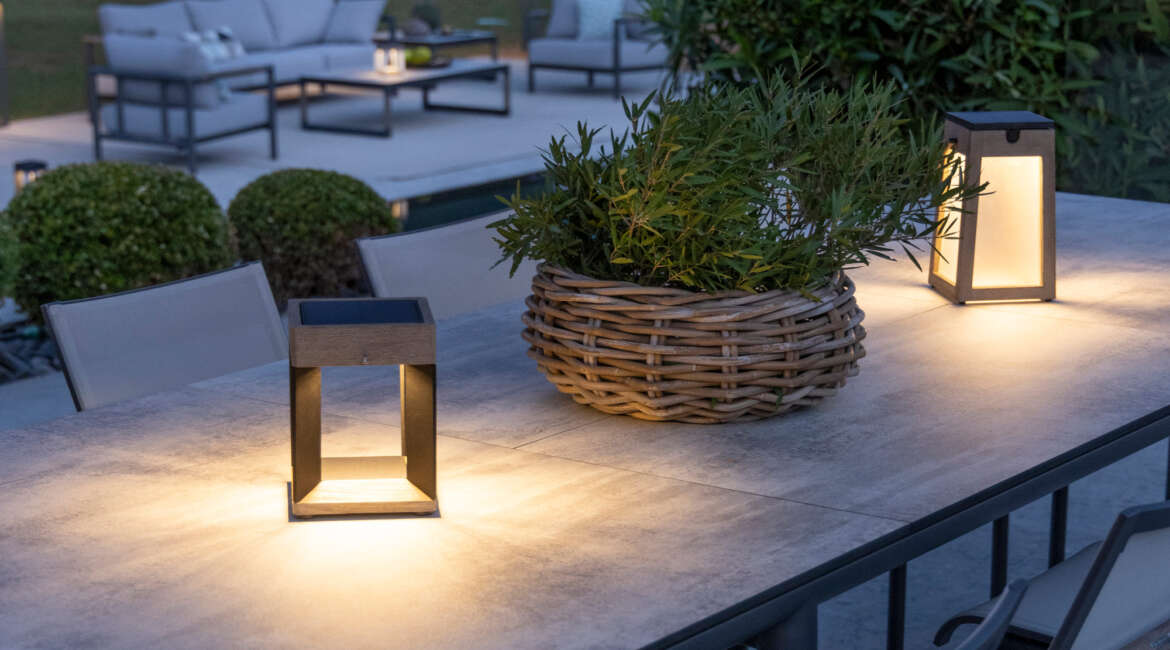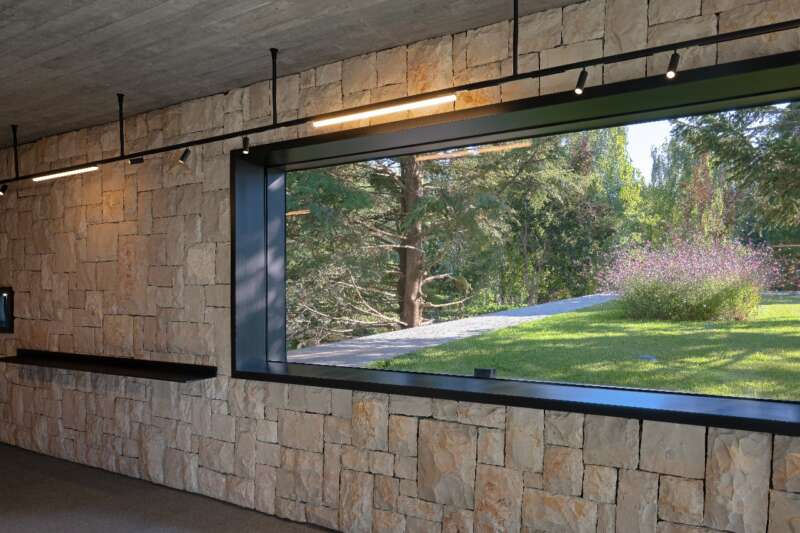Solar lights are a great option to illuminate the outside of your home while reducing your electricity bill. These lights are excellent during most of the year, but their performance is not always the best in winter. While solar lights work in winter, they might underperform for the season due to several factors like snow covering the panels, angle of incidence of the sun, reduced solar radiation, and other factors.
If you have problems with your solar lights during winter, you are not alone; this is the case for many people in snow locations. In this article, we explain to you what happens with solar lights during winter, how they are affected, detail some essential aspects regarding solar radiation in your state, and even provide you with some tips to optimize the performance of your solar lights.
Understanding How Solar Lights Work
A solar light comprises four major components: a solar panel, an L.E.D. bulb, a photoreceptor, and a deep cycle battery. The energy generated and stored, like the intensity of the light, depends on manufacturing factors like the lumens of the L.E.D., the solar energy storage capacity, and the solar panel efficiency.
The way a solar light works is pretty simple. The solar panel produces energy during the day by the photovoltaic effect, and the energy is stored in the battery. A photoreceptor turns on the L.E.D bulb at late afternoon hours and night, powering it with the energy stored at the battery.
Solar lights are among the most popular alternative energy sources of lighting for gardens and streets. Since these devices do not require electricity from the grid, they can be installed at locations with no access to electricity, reduce costs in electricity by producing power, and even reduce your carbon footprint.
Which Factors Can Affect the Performance of Solar Light During Winter?
Cloudy Days
It is a common mistake to think that solar lights cannot charge during cloudy or snowy days. While there are aspects that reduce the overall performance of the panels in both cases, the solar light will still get charged by the solar panel receiving direct sunlight and diffused solar radiation.
During cloudy days, the primary concern is the reduced availability of light. This affects some types of solar panels more than others, especially considering the density of clouds in the sky. Solar lights can get 23.80% less power on light cloudy days and 66.75% with heavy clouds.
Snow and Solar Radiation
Reduced solar radiation during snowy days also affects the performance of solar lights. Still, there are three additional aspects affecting solar lights in winter: snow covering the panels, the position of the sun in the sky, and the duration of the days.
Snow can reduce the performance of a photovoltaic system by up to 15%, but using solar panel cleaning tools to remove the snow and ensure the operability of the module will reduce those losses. You can counteract the lower height of the sun in the sky by tilting the solar module at 15º greater than the latitude or verifying the specifics at your state with a solar panel angle calculator.
Duration of the Day
While you can clean snow from panels and tilt their angle, one aspect that you cannot control is how long days last during winter. Because of the rotation of the earth and its position in space, the winter season produces shorter days, which highly impacts how solar light charges and performs.
How Long Does It Take for Solar Lights to Fully Charge?
To calculate how long solar lights take to charge, you must understand how solar panels work, the factor affecting their power generation, and how this relates to the battery capacity.
While solar panels can produce power during times with reduced sunlight (early morning and evening), the daily power output of a photovoltaic (PV) module can be estimated as its maximum generation capacity multiplied by the Peak Sun Hours (PSH).
The result shows that a 40Wp solar panel will charge a 122.1Wh battery for the solar light in 5.08 hours. You can estimate the PSH required to set your solar light by calculating with the specific technical details of your product.
Why Do I Need to Clean Snow From the Solar Panel?
While solar panel efficiency is improved under cold temperatures, snow, on the contrary, can be a significant problem. From the perspective of a solar panel, snow is an object that partially or entirely obstructs the light from solar cells, affecting its capacity to generate power.
Snow can highly reduce the performance of a photovoltaic module, which might lead you to turn on additional lighting systems consuming grid electricity if the solar light does not charge during the day.
To avoid losing hours of generation, you should perform a solar panel cleaning to take snow off the solar light. You can achieve it by using one of these methods:
Raise the temperature: One great option to clear snow from your solar light is using a hairdryer or other equipment to increase temperature. This causes the snow to fall off in a matter of seconds, ensuring power generation.
Water it down: Snow can be melted by spraying water with a hose. Before doing this, make sure your solar light is rated for outdoor usage (specifically, water-resistant).
Sweep off the snow: If the snow has not fully frozen in place, you can use a broom to brush it off.
Use an antifreeze product: Antifreeze products can melt snow in a matter of seconds, ensuring the panel keeps on generating. However, using this method you need to make sure that the product does not contain a chemical that could damage the PV cells.
Tips & Recommendations to Optimize Performance for Solar Lights
Optimizing the performance of solar lights during winter is vital to keep your home illuminated and safe. These tips & recommendations will help you achieve it:
Tilt the solar panel to the optimal angle during winter (if solar light structure allows it).
Avoid objects and structures from shading the panel at the solar light.
Ensure the LED light is off during the day (this is done automatically in most cases).
Keep your solar light free from snow.
Opt for solar light with 1.5 – 2 days of autonomy.
Conclusion
Solar lights can work during winter, but they do not perform as well as during the rest of the year. With the information in this article, you can now understand why this happens and all of the variables that affect the power production of the solar light during the winter season.
While there is nothing to do regarding the shorter days in winter, there are ways in which you can optimise the power output for your solar light. Use every tip & recommendation available to get the best performance, and keep the lights on for as long as possible.








